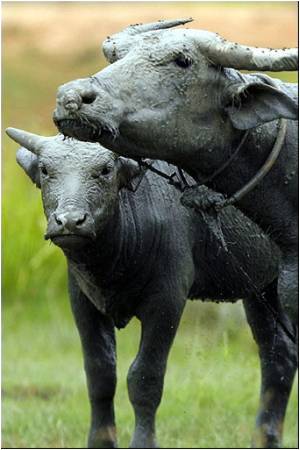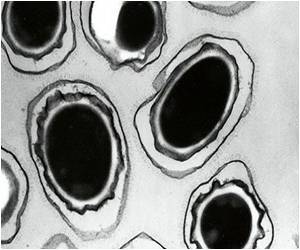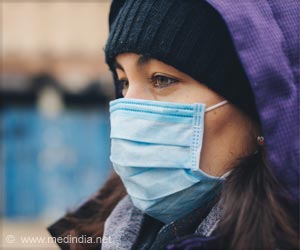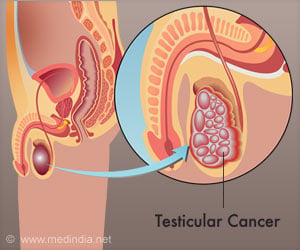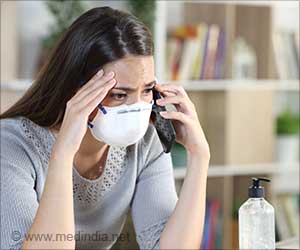The Anthrax Unrevealed

Anthrax is caused by the bacterium Bacillus anthracis. It is infrequent in Western Europe and the US, and is more likely to be found in animals in South and Central America, South and East Europe, Asia and Africa. Those at highest risk are those who directly handle dead animals, such as abattoir workers and tanners.
These bacteria can form spores, which can enter the body through consumption of contaminated meat, or inhaled, or simply infect the skin directly through human to animal contact.
It is not spread from person to person, though medical professionals recommend that the clothing and other soiled articles of the infected should be burned.
Those infected can also be cured with an antibiotic if it is administered within 12 hours of infection - penicillin will work, though penicillin-resistant strains of Anthrax exist.
What are the Symptoms? |
The Cure
If the disease is untreated or treatment is ineffective, death follows within days in more than 80% of cases.
Giving antibiotics to anthrax patients can cure the disease, particularly the cutaneous variety.
However, unless they are given swiftly after intestinal or respiratory infection, the chances of cure are greatly reduced.
There is a vaccine against anthrax, but this is not recommended except for those at high risk, such as meat industry workers and laboratory scientists handling the disease.


